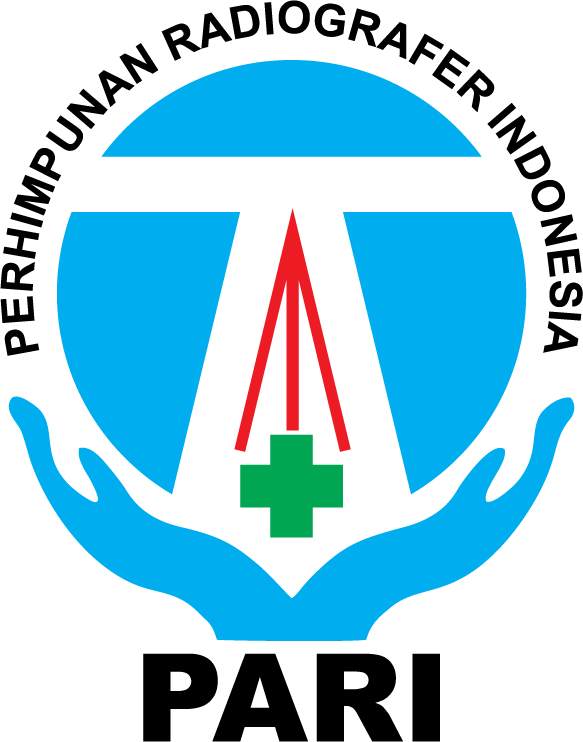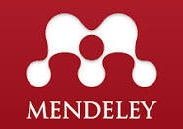Penerapan Artificial Intelligence dalam Mendeteksi Batu Ginjal secara Otomatis pada Citra CT Scan
Abstract
Background: Kidney stones are a clinical condition with the presence of stones along the urinary tract of varying sizes. The aim of this research is the need for a system to automatically detect kidney stones so that it can help radiologists in diagnosing kidney stones accurately, effectively and efficiently, and patients can immediately undergo further action to cure kidney stones.
Methods: The difference in research carried out by researchers is the use of artificial intelligence which uses deep learning with a convolutional neural network (CNN) algorithm. This research uses images obtained from CT scan results from public data (Kaggle) and primary hospital data. The number of images used in the Augmentation training data was 2338 normal images and 2390 kidney stone images. The augmentation testing data used 540 normal images and 446 kidney stone images. The research also involved experts, namely radiology specialists, in determining images with abnormal and normal stone tones.
Results: research obtained from CT Scan images of kidney stones with augmentation and original using public data/Kaggle images, obtained using augmentation obtained a high accuracy value of 99.69%. Meanwhile, in testing data using primary/hospital data images, augmented data obtained accuracy values that were still low at 45.43% and 45.23%, respectively.
Conclusions: The use of deep learning with the CNN model in training data augmentation obtained high accuracy values, however in testing data using hospital CT scan images the accuracy value was still low, but it was able to recognize images of kidney stones, so it could help in automatically diagnosing kidney stones. For future work could involve refining the model to handle variations in hospital data or exploring additional features to improve generalizability.
Keywords
Full Text:
PDFReferences
Brisbane, W., Bailey, M. R., & Sorensen, M. D. (2016). An overview of kidney stone imaging techniques. Nature Reviews Urology, 13(11), 654–662. https://doi.org/10.1038/nrurol.2016.154
Caglayan, A., Horsanali, M. O., Kocadurdu, K., Ismailoglu, E., & Guneyli, S. (2022). Deep learning model-assisted detection of kidney stones on computed tomography. International Braz J Urol, 48(5), 830–839. https://doi.org/10.1590/S1677-5538.IBJU.2022.0132
Fitri, L. A., Haryanto, F., Arimura, H., YunHao, C., Ninomiya, K., Nakano, R., Haekal, M., Warty, Y., & Fauzi, U. (2020). Automated classification of urinary stones based on microcomputed tomography images using convolutional neural network. Physica Medica, 78, 201–208. https://doi.org/10.1016/j.ejmp.2020.09.007
Hesamian, M. H., Jia, W., He, X., & Kennedy, P. (2019). Deep Learning Techniques for Medical Image Segmentation: Achievements and Challenges. Journal of Digital Imaging, 32(4), 582–596. https://doi.org/10.1007/s10278-019-00227-x
Noegroho, B. S., Daryanto, B., Soebhali, B., Kadar, D. D., Soebadi, D. M., Hamiseno, D. W., Myh, E., Indrawarman, Satyagraha, P., Birowo, P., Monoarfa, R. A., Pramod, S. V., Warli, S. M., & Tarmano. (2018). Panduan Penatalaksanaan Klinis Batu Saluran Kemih. In Ikatan Ahli Urologi ndonesia (IAUI).
Purnomo, B. (2016). Dasar dasar Urologi. In CV. Sagung Seto Jakarta (3rd ed., Vol. 3).
Roth, H. R., Shen, C., Oda, H., Oda, M., Hayashi, Y., Misawa, K., & Mori, K. (2018). Deep learning and its application to medical image segmentation. https://doi.org/10.11409/mit.36.63
Shaaban, M. S., & Kotb, A. F. (2016). Value of non-contrast CT examination of the urinary tract (stone protocol) in the detection of incidental findings and its impact upon the management. Alexandria Journal of Medicine, 52(3), 209–217. https://doi.org/10.1016/j.ajme.2015.08.001
Sulaksono, N., Suryono, S., & Ardiyanto, J. (2016). OPTIMALISASI CITRA MSCT TRAKTUS URINARIUS MENGGUNAKAN TRACKING DENGAN VARIASI SLICE THICKNESS DAN WINDOW SETTING. Jurnal Riset Kesehatan, 5(1), 30–34.
Sulaksono, N., Suryono, S., & Ardiyanto, J. (2017). The Optimization of Ureterolithiasis Image with a Contrast Analysis on MSCT of Urinary Tract with Variation of Slice Thickness and Window Setting. Advanced Science Letters, 23(3), 2277–2280. https://doi.org/10.1166/asl.2017.8738
Türk, C., Petřík, A., Sarica, K., Seitz, C., Skolarikos, A., Straub, M., & Knoll, T. (2016). EAU Guidelines on Diagnosis and Conservative Management of Urolithiasis. European Urology, 69(3), 468–474. https://doi.org/10.1016/j.eururo.2015.07.040
Yildirim, K., Bozdag, P. G., Talo, M., Yildirim, O., Karabatak, M., & Acharya, U. R. (2021). Deep learning model for automated kidney stone detection using coronal CT images. Computers in Biology and Medicine, 135, 104569. https://doi.org/10.1016/j.compbiomed.2021.104569
DOI: https://doi.org/10.31983/jimed.v10i1.11072
Article Metrics
Refbacks
- There are currently no refbacks.
JURNAL IMEJING DIAGNOSTIK by http://ejournal.poltekkes-smg.ac.id/ojs/index.php/jimed is licensed under a Creative Commons Attribution-ShareAlike 4.0 International License.

.png)
.png)
.png)
.png)
.png)
.png)
.png)














